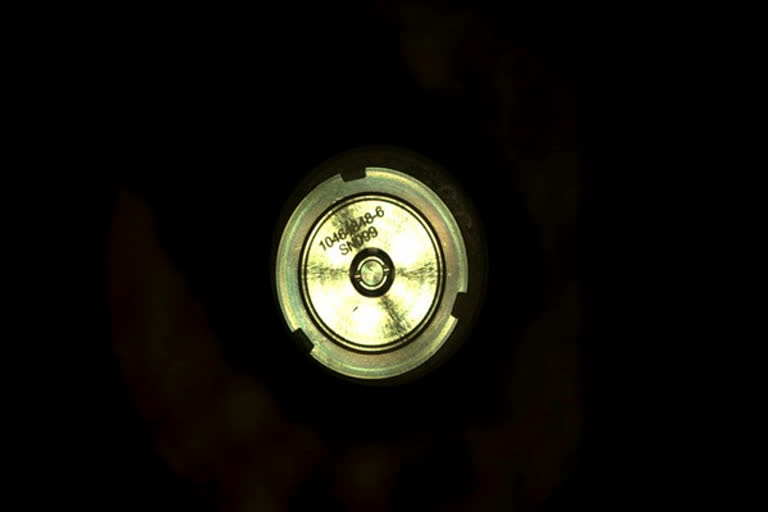Washington (US):National Aeronautics and Space Administration's (NASA) Perseverance rover on Monday (local time) completed the collection of the first sample of Martian rock, a core from Jezero Crater slightly thicker than a pencil. Mission controllers at NASA's Jet Propulsion Laboratory (JPL) in Southern California received data that confirmed the historic milestone.
The core is now enclosed in an airtight titanium sample tube, making it available for retrieval in the future. Through the Mars Sample Return campaign, NASA and ESA (European Space Agency) are planning a series of future missions to return the rover's sample tubes to Earth for closer study. These samples would be the first set of scientifically identified and selected materials returned to our planet from another.
"NASA has a history of setting ambitious goals and then accomplishing them, reflecting our nation's commitment to discovery and innovation," said NASA Administrator Bill Nelson. "This is a momentous achievement and I can't wait to see the incredible discoveries produced by Perseverance and our team." Along with identifying and collecting samples of rock and regolith (broken rock and dust) while searching for signs of ancient microscopic life, Perseverance's mission includes studying the Jezero region to understand the geology and ancient habitability of the area, as well as to characterize the past climate.
"For all of NASA science, this is truly a historic moment," said Thomas Zurbuchen, associate administrator for science at NASA Headquarters in Washington. "Just as the Apollo Moon missions demonstrated the enduring scientific value of returning samples from other worlds for analysis here on our planet, we will be doing the same with the samples Perseverance collects as part of our Mars Sample Return program. Using the most sophisticated science instruments on Earth, we expect jaw-dropping discoveries across a broad set of science areas, including an exploration into the question of whether life once existed on Mars."
Also read:NASA’s Self-Driving Perseverance Mars Rover ‘Takes the Wheel’
The sample-taking process began on September 1, when the rotary percussive drill at the end of Perseverance's robotic arm cored into a flat, briefcase-size Mars rock nicknamed "Rochette." After completing the coring process, the arm manoeuvred the corer, bit, and sample tube so the rover's Mastcam-Z camera instrument could image the contents of the still-unsealed tube and transmit the results back to Earth. After mission controllers confirmed the cored rock's presence in the tube, they sent a command to complete the processing of the sample.
Today, at 12:34 a.m. EDT, Perseverance transferred sample tube serial number 266 and its Martian cargo into the rover's interior to measure and image the rock core. It then hermetically sealed the container, took another image, and stored the tube. "With over 3,000 parts, the Sampling and Caching System is the most complex mechanism ever sent into space," said Larry D. James, interim director of JPL. "Our Perseverance team is excited and proud to see the system perform so well on Mars and take the first step for returning samples to Earth. We also recognize that a worldwide team of NASA, industry partners, academia, and international space agencies contributed to and share in this historic success."
